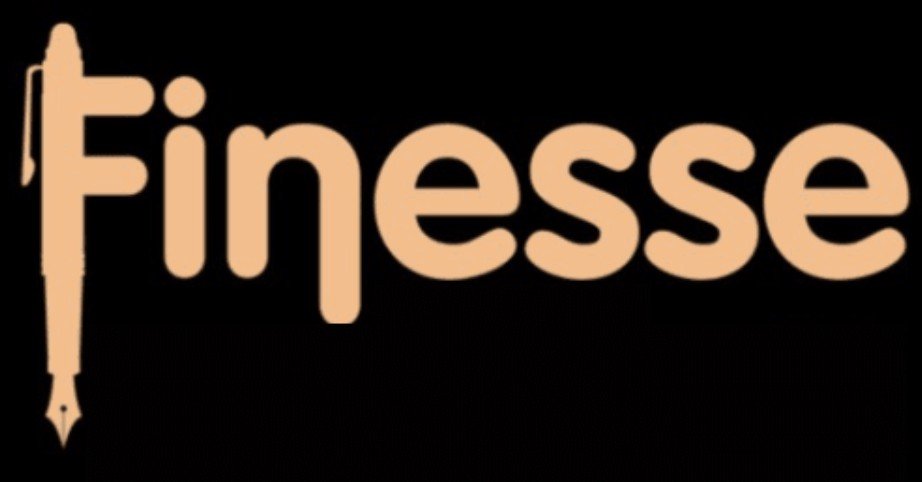
When it comes to publishing a book, authors have two primary options to choose from: traditional publishing or self-publishing. Both routes have their own set of advantages and disadvantages, and choosing between them can be a tough decision for authors.
Traditional publishing refers to the process of submitting a manuscript to a publishing company for consideration. If the manuscript is accepted, the publishing company handles all aspects of the book’s production, including editing, cover design, printing, and distribution. The author typically receives an advance payment and royalties based on book sales.
On the other hand, self-publishing involves authors taking on the responsibility of producing and distributing their own book. This includes editing, cover design, formatting, printing, and marketing. The author retains complete control over the book’s content and receives all profits from book sales.
Both traditional publishing and self-publishing have their own unique advantages and disadvantages. In this article, we will explore the pros and cons of each route to help you make an informed decision about which option is best for you.
Traditional publishing and self-publishing are two distinct routes that authors can take to bring their work to readers. Each has its own advantages and disadvantages, and deciding which path to take can be a difficult decision. In this article, we will explore the pros and cons of traditional publishing and self-publishing to help you determine which option is right for you.
Traditional Publishing
Pros:
- Editorial Support: When you sign with a traditional publisher, you get access to a team of professionals who will help you polish your manuscript. This includes editors, proofreaders, and designers who will work with you to make sure your book is the best it can be.
- Prestige: Being traditionally published carries a certain level of prestige in the literary world. It can open doors to literary events, awards, and recognition that may not be available to self-published authors.
- Distribution: Traditional publishers have established distribution networks that can get your book into brick-and-mortar stores and libraries. This can make it easier to reach a wider audience.
Cons:
- Difficulty in Getting Published: Getting your work accepted by a traditional publisher can be a long and difficult process. You may need to go through multiple rounds of submissions and rejections before finding a publisher who is interested in your work.
- Loss of Control: Traditional publishers often have the final say on editorial decisions, cover design, and marketing. As an author, you may have to relinquish control over certain aspects of your work.
- Lower Royalties: Traditional publishers typically pay authors a royalty rate of around 10-15% of the book’s retail price. This means that you may earn less per book than if you were self-publishing.
Self-Publishing
Pros:
- Creative Control: Self-publishing gives you complete creative control over your work. You make all the decisions about editorial content, cover design, and marketing.
- Faster Publication: Self-publishing can be a faster process than traditional publishing. Once your manuscript is ready, you can upload it to an online platform and have it available to readers within days.
- Higher Royalties: As a self-published author, you can earn up to 70% of the book’s retail price in royalties. This means that you can potentially earn more per book than if you were traditionally published.
Cons:
- Editorial Support: Self-publishing authors are responsible for hiring their own editors and proofreaders, which can be costly. Without professional editing, your book may not meet the same standards as traditionally published books.
- Marketing: Self-published authors are responsible for all aspects of marketing, which can be time-consuming and challenging. It can be difficult to get your book noticed among the millions of other books available online.
- Distribution: Self-published authors may have a harder time getting their books into brick-and-mortar stores and libraries. This can limit your reach and make it more difficult to gain recognition.
In conclusion, both traditional publishing and self-publishing have their own advantages and disadvantages. It ultimately depends on your personal goals, preferences, and resources as an author.
If you are seeking the validation, support, and expertise of a traditional publisher, and are willing to accept the slower process, lower royalties, and lack of control over the final product, then traditional publishing may be the way to go.
On the other hand, if you are looking for complete creative control, higher royalties, and the ability to release your book on your own timeline, then self-publishing may be the better option.
Whichever path you choose, it’s important to do your research, set realistic expectations, and make informed decisions based on your individual circumstances. And remember, regardless of which route you take, the most important thing is to focus on creating the best possible book you can and putting it out into the world for readers to enjoy.













